Sales Inquiry
ALL ABOUT CASTING & FORGING
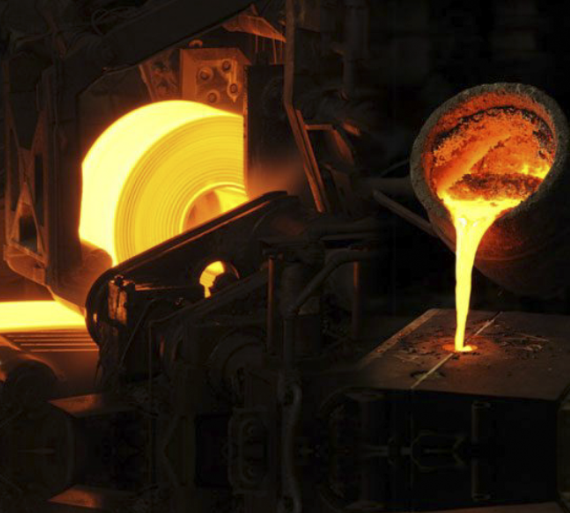
When was the first cast made?
Metal casting can be a 7,000-year-vintage procedure applied in each production and great art. the number one forged is a copper frog that's located in Iraq and dates again to approximately 3200BC. The metallic and mildew are cooled, and consequently the metallic item is eliminated and completed.
Traditional metallic casting strategies encompass lost-wax casting, plaster mildew casting, die casting, and sand casting, to name a few. These metallic casting strategies may also be finished in a foundry or a jewellery studio.
Metal casting strategies are acknowledged for heaps of years, and are extensively used for developing sculptures, jewellery, transportation, weapons, and tools.
Casting is maximum in most cases used to create complicated shapes that might in any other case be hard or uneconomical to make the use of different strategies.
Heavy gadget like gadget device beds, deliver propellers, etc. are frequently clean to forged rather than million smaller portions sticking collectively.
Why aluminium and brass castings taken into consideration THE BEST?
Aluminium alloy castings are frequently visible as having quite a few benefits. the ability of aluminium permits it for use to supply an extensive variety of merchandise and components.
The excessive malleability of aluminium makes it feasible to deliver aluminium castings which are close to internet form (NNS).
Manufacturers can forge complicated castings with excessive dimensional accuracy in the course of an extensive variety of geometric shapes.
Aluminium castings are a good deal lighter than castings made of different metals. Despite their mild weight, the alloying procedure guarantees that an aluminium casting will stay difficult and preserve a sincere electricity to weight ratio. Many aluminium alloys are more potent than steel.
In contrast to another alloy, aluminium alloy castings can resist the very first-class working temperatures. Aluminium dissipates warmth quickly, which will increase protection and hastens manufacturing times.
Castings made the use of aluminium alloys are especially proof against corrosion.
The metallurgical procedure is finished with exceptional alloys, amongst which brass is one.
Copper alloy castings (brass castings) have the very first-class corrosion resistance in addition to mechanical homes of all die-forged parts. because of the excessive metallic temperatures in addition to shorter mildew life, brass in die casting has now no longer been popular with ease as an sincere alloy. Of the die-forged brass alloys, the yellow brasses are subjected to the metallurgical procedure the most frequently.
the benefits of brass casting parts, like different alloys utilized in die casting, contain correct floor end, correct dimensional manipulate, additionally as excessive manufacturing rates.
In brass casting, the induction brass melting is favoured commonly. it's going to create much less soften loss through dross formation, faster melting, higher brass composition manipulate and temperature manipulate, and less absorption of fuelling with the aid of using the metallic.
The brass melting procedure’s pace is moreover significant, to cut back unstable alloying factors’ vaporization. It pertains in particular to zinc, one most of the alloying factors of brass.
What is the procedure of casting?
Casting strategies contain the usage of molten fabric, commonly metallic, that's then poured into metallic hollow space withinside the form of the completed component. It is then cooled and brought out from the hollow space until it solidifies.
Metal casting is available in major categories: strategies with reusable moulds and strategies with expendable molds. In each strategies, the caster melts the metallic fabric in the course of a crucible, pours it right into a mildew, then eliminates the mildew fabric or the casting as soon as the metallic has cooled and solidified.
The primary metallic casting procedure entails developing a sample and a mildew, then pouring molten metallic into the mildew. you may then extract the strong metallic casting and end your piece. This procedure is customizable for diverse styles of metallic casting, collectively with shapes, sizes, and more.
Step 1: Create The Pattern
Before you create your mildew, you need to create a sample to decide the mildew’s form. The sample are frequently a three-dimensional version of your very last forged. it will be fashioned in wax, sand, plastic, or perhaps wood.
Some casters use moulds crafted from plaster or silicone, which might be substances that might now no longer resist a molten metallic forged however permit the caster to mass create wax multiples to apply in expendable mildew casting.
When you're shaping your sample, make certain your account for any predicted shrinkage whilst the metallic cools. Patterns also can be gated with sprues to permit the molten metallic to circulate the mildew.
Step 2: Make the Mold
After you have got created a sample, it is time to make your mildew. As we cited above, you may pick to make a reusable mildew, that's commonly crafted from metallic, or a single-use mildew, which may be crafted from sand, plaster, or ceramic shell.
Each of these strategies for making molds are optimized for exceptional casting metals and diverse ranges of sample complexity. If you are running with a wax or plastic sample, you may burn out the sample interior of a kiln.
Step 3: Choose The Metallic Alloy
All metallic castings are constructed from both ferrous or non-ferrous alloys. Alloys are at combination of factors that offer the first-class mechanical homes for the very last forge’s use.
Non-ferrous alloys which might be in most cases utilized in casting are aluminium, bronze, and copper. If you are running with valuable metals in a jewellery studio, you may paint it with silver, copper, gold, and platinum.
Many Non-ferrous companies in Maharashtra and other cities in India offers a wide range of products.
Step 4: Melt the Alloy
Melting strategies range among alloys due to the fact every alloy could have a unique melting temperature. Essentially, melting includes setting the strong alloy in the course of a crucible and heating it over an open flame or interior of a furnace.
Step 5: Pour into The Mold
Pour the molten metallic into the mildew hollow space. In a small casting you really pour from the crucible wherein the metallic become heated at once into the mildew. a larger casting might also additionally require a small crew to guide heating the metallic interior of a furnace, and moving the metallic into a larger crucible or ladle earlier than being poured into the mildew.
Make certain to observe all encouraged protection steerage whilst pouring molten metallic. make certain you put on protecting clothing, along with herbal fibre clothing, lengthy trousers and sleeves, insulated gloves, and protection goggles.
Work in a well-ventilated area to keep away from any dangers from risky fumes. make certain you've got a chemical hearthplace extinguisher close by and preserve your walkway among the furnace and the mildew clear. Allow the mildew to solidify earlier than transferring directly to the following.
Step 6: Take out the cast from the mold
Whenever metallic has cooled and solidified, you may take away it from the mildew. If you forged right into a single-use mildew, you may spoil away the mildew from the casting. If you used a plaster investment, you may need to quench the plaster in water after the metallic has solidified. The water will assist spoil loose the mildew. For reusable molds, you may use ejector pins to extract your casting.
Step 7: Finishing
File and varnish your strong metallic forged! this could contain cleansing your forged metallic item, like scrubbing away extra mildew fabric in water, abruption the casting gates with clippers for small objects, or perhaps a perspective grinder for massive portions.
What is Brass Forging?
Brass forging is a process in which a forging press places extreme pressure on a single piece of brass or brass alloy that has been heated to about 1,500 degrees F (815 degrees C). The softened metal is then forced, beaten, and shaped to produce a part made from a single piece of brass and free of imperfections. Different methods of brass forging can create just about any type of three-dimensional shape or form, weighing anywhere from a few ounces to several tons. The various types of brass forging include impression or closed die forging, open die forging, cold forging, and seamless rolled ring forging.
The brass forging process actually makes the metal around 15% stronger than mold cast parts as the process does not change the structure of the metal. Extruded brass stock is made into a shape already close to the final part that it will be forged into when the brass is heated. Forging brass parts reduces metal scrap and is faster than machining the parts. The forging process also produces a pore-free surface which makes for a more attractive brass part.
Many Brass Forging companies in Maharashtra and other cities in India offers a wide range of products.
What is Copper Forging?
Copper Forging is the forging process utilizing copper as the forging material.
Copper alloys have good plasticity and strength, good abrasion resistance and thermal conductivity, especially good corrosion resistance in air and sea water. It has been widely used in electric power, instruments, ships and other industrial sectors.
Most copper alloys have good plasticity at room temperature and high temperature, and can be forged smoothly. Even in the presence of tensile stress, they still have enough plasticity. A few tin-phosphorous bronze with high quality fraction of tin (such as qsn7-0.2) and lead brass with high quality fraction of lead (such as hpb59-1 and hpb64-2) have low plasticity and are sensitive to tensile stress. Qsn7-0.2 is a single-phase invariant solution at room temperature when deformation occurs under static tensile stress. Has the very high plasticity, can undertake cold deformation, but plasticity under high temperature is very low, the reason is that have low melting (alpha + delta + CU3P) eutectic at high temperature.
Most copper alloys are not sensitive to deformation speed and can be forged on a press or hammer, but it is advisable to forge on a press. The phenomenon of heat effect is obvious when tin-phosphor-bronze and manganese bronze are forged. If the deformation speed is too fast, it is easy to overheat or even overheat due to the thermal effect.
When the heating temperature is too high, the copper alloy grain grew up rapidly, reduce its plasticity, so the heating temperature of copper alloy are not more than 900 ℃. When the deformation temperature is below 650 ℃, the deformation resistance increases quickly.
What is Bronze Forging?
Bronze is one of several copper forging alloys. It consists primarily of copper along with additives include tin, aluminium, phosphorus, zinc, silicon, and occasional arsenic. The additives give the bronze forgings different characteristics. The limitless variation makes bronze one of the most versatile alloys. There are many additional applications for bronze. The critical part of any project is choosing the proper preparation. Forging is a primary means of shaping bronze into useful configurations. Optimal processing depends on the design intention for use of the bronze part. As an example, annealing, a form of heat treatment, alters the microstructure of a bronze forging, for mechanical or electrical purposes. Higher concentration of copper in bronze alloys, improves electrical conductivity. The additions of 0.5% to 1% tin increase toughness and strength. Tin also lowers the coefficient of friction (CoE) while maintaining high fatigue resistance due to grain refinement. These characteristics make tin bronze an excellent fit for electrical products, washers, and springs. Phosphorous adds many of the same benefits, though additions as small as 0.01% to 0.35%. Nickel is another common additive, thanks to its moderate strength and relatively high corrosion resistance. There are many marine applications for nickel bronze as it protects parts from salty seawater and marine biological damage. Some of the other nickel bronze applications include food and beverage equipment, optical equipment, and musical instruments.
What is Aluminium Forging?
Forging is a metal manufacturing process with a long history. The advantage of forging production lies in that it cannot only obtain the shape of mechanical parts, but also improve the internal organization of materials and improve the mechanical properties. Due to the excellent performance of aluminium and aluminium alloy, it has been widely used in machinery, electricity, electronics, automobiles, ships, construction, instrumentation, hardware and household products and other fields. Therefore, for important mechanical parts with high mechanical properties and large bearing capacity, they are mainly made by aluminium forging. The weight of aluminium forgings accounts for 77% in aircraft, 68% in tank and 76% in automobile.
Forging production occupies a very important position in the industrial industry, aluminium alloy is also the commonly used material in forging, all kinds of products that can be forged with low carbon steel can be replaced by aluminium forging. Most forged aluminium parts are safety parts and are produced in large volume, so there is a high requirement on internal quality of aluminium materials. Aluminium forging generally follows these manufacturing processes: blanking - heating - forging - heat treatment - machining. During the whole forging process, each procedure needs to be controlled carefully.
Benefits of copper, brass and bronze forging; -
Some of the numerous advantages to copper, brass and bronze forging includes close tolerances, strength, leak resistance and low overall costs.
A forging produced in a steel die with close tolerances offers several benefits including part dimensions that are held closer and show minimal variation from part to part.

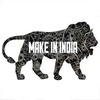
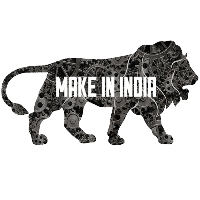

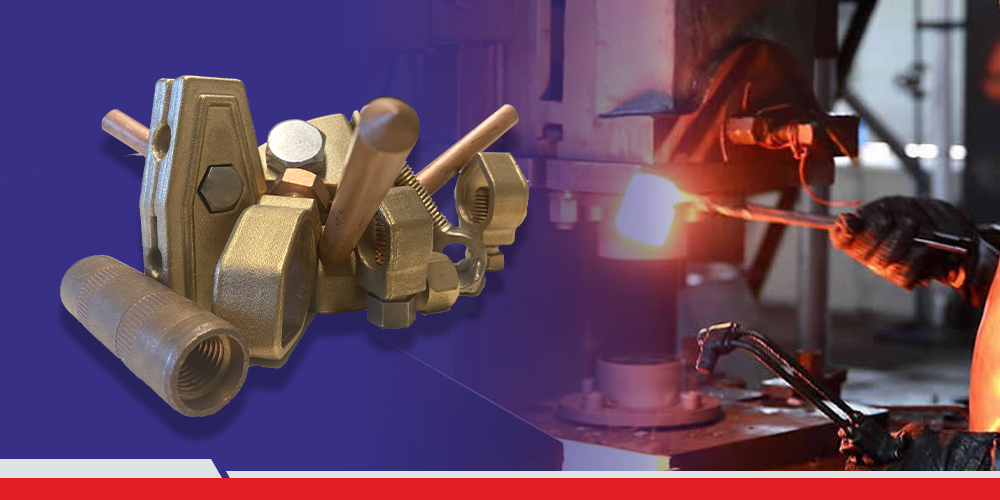
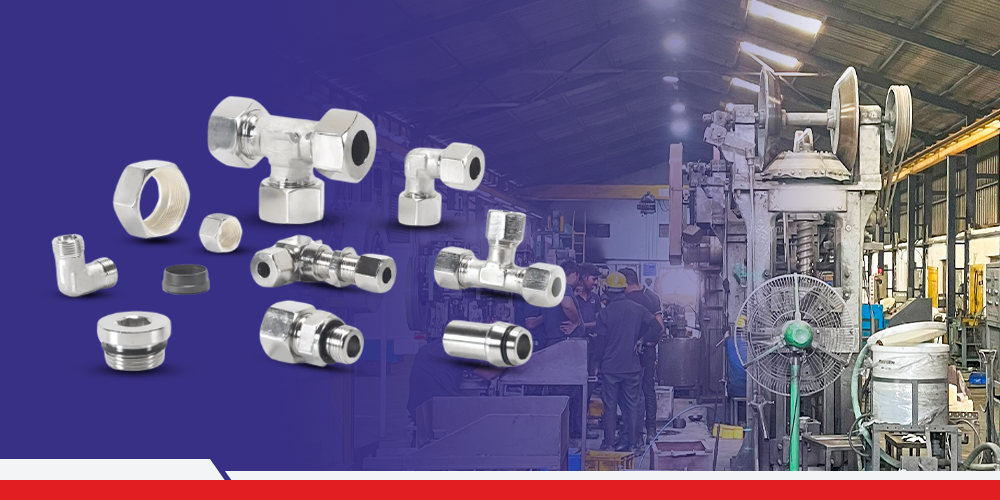
.png)